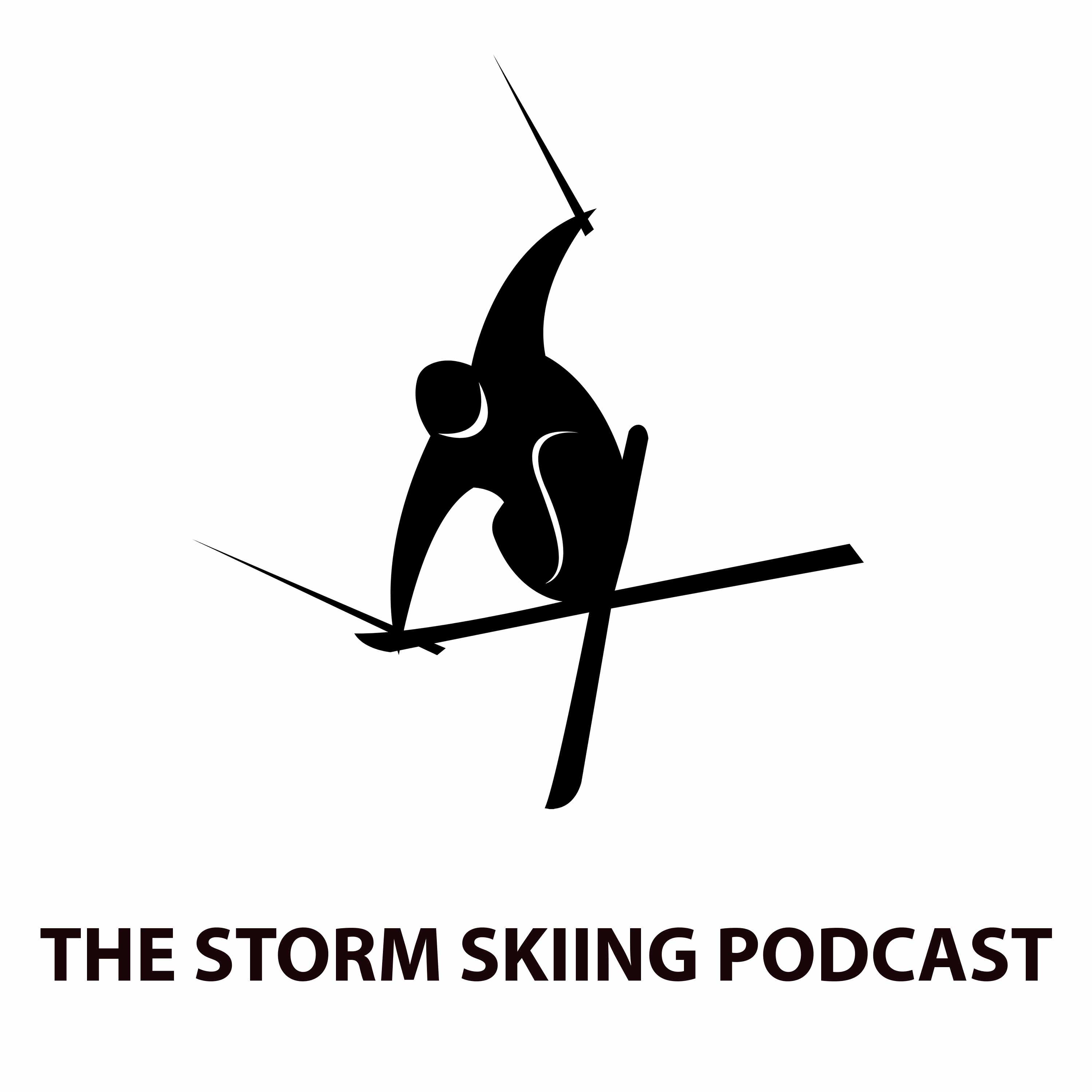Podcast #150: Park City Vice President and Chief Operating Officer Deirdra Walsh
Description
This podcast hit paid subscribers’ inboxes on Nov. 2. It dropped for free subscribers on Nov. 9. To receive future pods as soon as they’re live, and to support independent ski journalism, please consider an upgrade to a paid subscription. You can also subscribe to the free tier below:
Who
Deirdra Walsh, Vice President and Chief Operating Officer of Park City, Utah
Recorded on
October 18, 2023
About Park City
Click here for a mountain stats overview
Owned by: Vail Resorts
Located in: Park City, Utah
Year founded: 1963
Pass affiliations:
* Epic Pass: unlimited
* Epic Local Pass: unlimited with holiday blackouts
* Tahoe Local: five non-holiday days combined with Vail, Beaver Creek, Breckenridge, Crested Butte, Keystone
* Epic Day Pass: access with All Resorts tier
Closest neighboring ski areas: Deer Valley (:04), Utah Olympic Park (:09), Woodward Park City (:11), Snowbird (:50), Alta (:55), Solitude (1:00), Brighton (1:08) – or just ski between them all; travel times vary massively pending weather, traffic, and time of year
Base elevation: 6,800 feet
Summit elevation: 9,998 feet at the top of Jupiter (can hike to 10,026 on Jupiter Peak)
Vertical drop: 3,226 feet
Skiable Acres: 7,300 acres
Average annual snowfall: 355 inches
Trail count: 330+ (50% advanced/expert, 42% intermediate, 8% beginner)
Lift count: 41 (2 eight-passenger gondolas, 1 pulse gondola, 1 cabriolet, 6 high-speed six-packs, 10 high-speed quads, 5 fixed-grip quads, 7 triples, 4 doubles, 3 carpets, 2 ropetows – view Lift Blog’s inventory of Park City’s lift fleet)
View historic Park City trailmaps on skimap.org.
Why I interviewed her
An unfortunate requirement of this job is concocting differentiated verbiage to describe a snowy hill equipped with chairlifts. Most often, I revert to the three standbys: ski area, mountain, and resort/ski resort. I use them interchangeably, as one may use couch/sofa or dinner/supper (for several decades, I thought oven/stove to be a similar pairing; imagine my surprise to discover that these words described two separate parts of one familiar machine). But that is problematic, of course, because while every enterprise that I describe is some sort of ski area, only around half of them are anywhere near an actual mountain. And an even smaller percentage of those are resorts. Still, I swap the trio around like T-shirts in the world’s smallest wardrobe, hoping my readers value the absence of repetition more than they resent the mental gymnastics required to consider 210-vertical-foot Snow Snake, Michigan a “ski resort.”
But these equivalencies introduce a problem when I get to Park City. At 7,300 acres, Park City sprawls over 37 percent more terrain than Vail Mountain, Vail Resorts’ second-largest U.S. ski area, and the fourth-biggest in the nation overall. To call this a “ski area” seems inadequate, like describing an aircraft carrier as a “boat.” Even “mountain” feels insubstantial, as Park City’s forty-some-odd lifts shoots-and-ladder their way over at least a dozen separate summits. “Ski resort” comes closest to capturing the grandeur of the whole operation, but even that undersells the experience, given that the ski runs are directly knotted to the town below them – a town that is a ski town but is also so much more.
In recent years, “megaresort” has settled into the ski lexicon, usually as a pejorative describing a thing to be avoided, a tourist magnet that has swapped its soul for a Disney-esque welcome mat. “Your estimated wait time to board the Ultimate Super Summit Interactive 4D 8K Turbo Gondola is [one hour and 45 minutes]”. The “megas,” freighted with the existential burden of Epic and Ikon flagships, carry just a bit too much cruise ship mass-escapism and Cheesecake Factory illusions of luxe to truly capture that remote wilderness fantasy that is at least half the point of skiing. Right?
Not really. Not any more than Times Square captures the essence of New York City or
More Episodes
Published 11/17/24
Published 11/12/24


